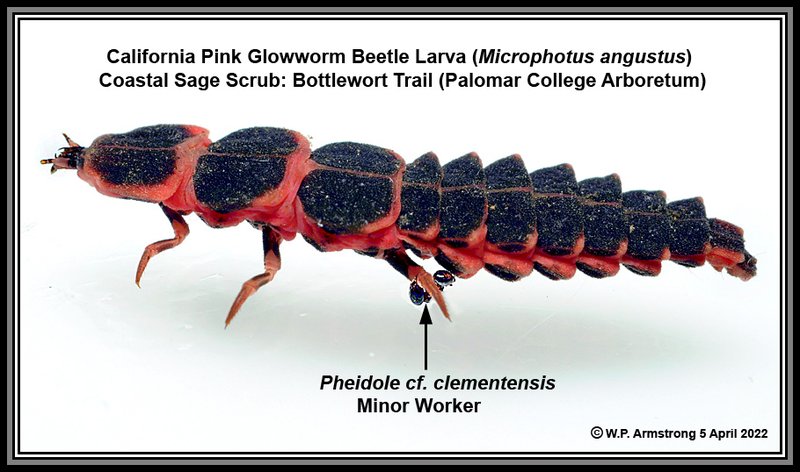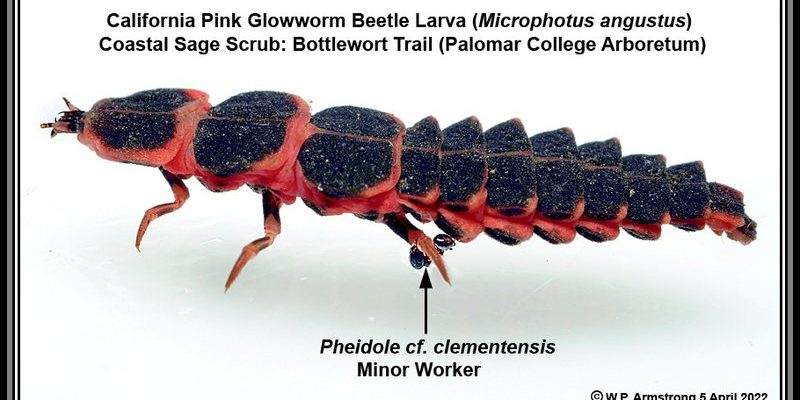
Glowworms, specifically from the family Lampyridae, are not just about their bioluminescence; they have a complex method of reproduction that involves mating, laying eggs, and an incredible transformation during their larvae stage. Whether you’ve seen them in nature or just read about them, understanding their reproduction can give you a newfound appreciation for these glowing creatures.
What Are Glowworms?
Before diving into their reproduction, it helps to know what glowworms actually are. These small insects, often found in damp, dark environments, primarily use light to attract mates and prey. Interestingly, not all glowworms are the same. While many people picture the common glowworm, various species exist, each exhibiting unique behaviors and characteristics.
To paint a clearer picture, glowworms are actually larvae of certain beetles. Their tiny bodies emit a beautiful blue-green light, which is often mistaken for fireflies. This glow comes from a chemical reaction and is used primarily for two reasons: attracting mates during reproduction and luring unsuspecting prey into their sticky silk traps.
The Mating Process of Glowworms
When it comes to reproduction, glowworms have a distinct and somewhat romantic way of going about things. Mating typically occurs at night, when the glowworms’ lights are brightest. The males, with their wings, fly around to search for females, who remain stationary. It’s like a dance under the stars, where the glowing lights serve as both a beacon and a flashing invitation.
Once a male spots a female, he flutters close to her, often flying in a careful pattern to gauge her responsiveness. If she’s receptive, they engage in a fascinating courtship ritual, which sometimes includes synchronized flashing. It’s a delicate balance of light and attraction, demonstrating nature’s insistence on romance.
The actual mating can last anywhere from a few minutes to over an hour. After this, it’s time for the females to take the next step in their lifecycle.
How Do Glowworms Lay Eggs?
After mating, the female glowworm lays her eggs, typically in moist soil or under leaves—a safe spot where the larvae can thrive. You might wonder just how many eggs she lays. It can be a whopping 20 to 100 eggs at a time! Think of it as nature’s way of ensuring that even if some don’t survive, others will.
The eggs are small and not very noticeable. They are often laid in a cluster, which provides some level of protection. This strategic choice is all about survival. After laying the eggs, the female’s role in the reproduction process ends, and she may not live much longer, having dedicated her energy to creating the next generation.
The Life of Glowworm Larvae
Once the eggs hatch, we enter the fascinating world of glowworm larvae. The larvae are often regarded as the most interesting phase in their life cycle. These tiny, glowing creatures aren’t just cute; they have a job to do. They continue to emit light and actively hunt for food, mainly consisting of small insects that they trap with silk threads they spin—a bit like a spider’s web, but with a glow.
What’s even more fascinating? The larvae can live for several months to even a year, depending on environmental conditions. During this time, they feed and grow, constantly glowing to attract prey. This stage is a vital part of their lifecycle, preparing them for eventual metamorphosis.
The Metamorphosis of Glowworms
Metamorphosis is a critical part of any insect’s life, and glowworms are no exception. After growing for several months, glowworm larvae enter the pupal stage. Here, they transition into their adult form. During this phase, they will stop feeding and find a safe, dark place to undergo this drastic change.
The metamorphosis can take weeks, and during this time, the glowworm is quite vulnerable. They stay hidden in their cocoon, transforming into the beautiful adults we see flying around at night. It’s a poignant reminder of how life changes and evolves, making way for new beginnings.
Understanding glowworm reproduction gives us a deeper appreciation for these captivating insects. From their elaborate mating rituals to the promising future held in tiny eggs, every stage of their life is a marvel. The glow you see in the night isn’t just a pretty sight—it’s a beacon of life, love, and the cycle of nature continuing on.
So, next time you find yourself enchanted by a glowing light in the dark, remember the intricate dance of reproduction that brought it to life. Glowworms aren’t just creatures of beauty; they’re a testament to the wonders of nature’s design, reminding us of the magic that exists in our world, even in the smallest forms.

